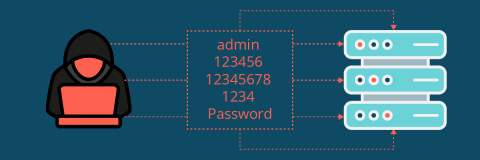DC Board of Elections breach: Voter data is now online and up for sale
Earlier this month, the District of Columbia Board of Elections (DCBOE) warned that a threat actor may have gained access to the personal information of their registered voters. This would include personally identifiable information (PII) such as contact details, partial social security numbers, dates of birth, and driver’s license numbers. In an X post on Friday 20th October, the agency was keen to stress that it was only a possibility the voter roll had been accessed.





